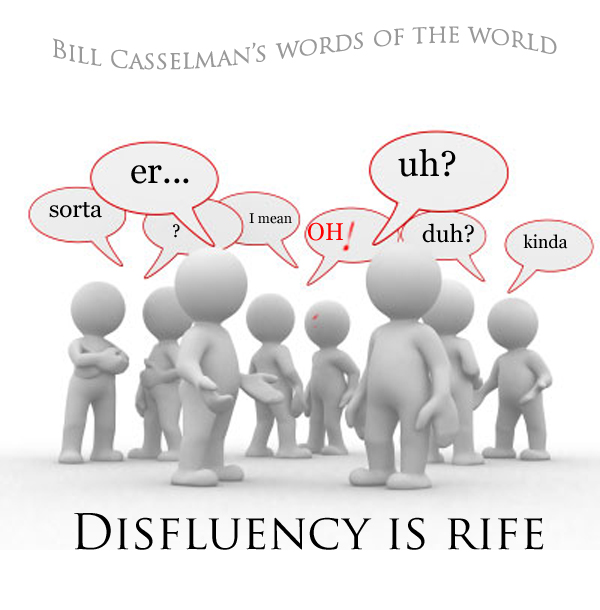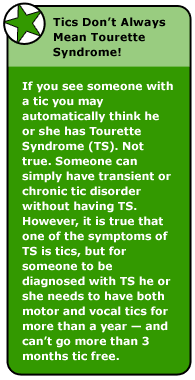Disfluency Challenges: Word-Final Disfluency vs. Non-Stuttering Like Disfluency
Speech Therapy Help for These Similar Disfluencies in Children
When you think of stuttering you might envision a scene from The King’s Speech or someone you know who struggles with the beginning sounds of words. But what about when you hear those repeated sounds at the end of words – is it stuttering or something else?
Sometimes the difference between typical disfluency and stuttering seems to only be as insignificant as a syllable. But when it comes to speech disorders, syllables take on significant roles. A recently recognized disfluency known as word-final or word-end disfluency usually falls under the general category of non-typical stuttering and can be challenging for pediatricians and caregivers to recognize as a stuttering speech disorder. Making the challenge even greater, SLPs are often charged with discriminating between word-final disfluency and non-stuttering like disfluency.
What are the different types of speech disfluencies?
Examples of speech with non-typical stuttering word-final disfluency might look like these:
- I want to go there-er-er. [where the last sound of the word “there” is repeated – phonetically as “air”]
- Can you help-elp-elp?
- I lost the ball-all-all.
Examples of speech with non-stuttering like (typical) disfluency might look like these:
- I want to go…go…go there. [where one word in the middle of the phrase is repeated]
- Can you…Can you…Can you help? [where one phrase within the sentence is repeated]
- I lost the…um…ball. [where fillers are used such as um or er]
Distinguishing Word-Final Disfluency from Typical Disfluencies
These seemingly small differences between these two disorders are usually accompanied by other markers that help SLPs diagnose the disorder and come up with treatment plans. In typical disfluencies, the words are not broken down by sound or syllable, but instead the entire word or phrase is repeated or interrupted with a filler such as “um”. You’ve probably even listened to many adults move through conversations with these fillers, and teenagers are notorious for filling sentences with “like” – I’m so, like, excited to go to the concert!
On the other hand, word-final disfluencies are rare speech disorders, and they don’t tend to appear and disappear within days or weeks, but instead persist and often grow with intensity when the person is under stress. Mild forms of disfluencies such as interjecting “like” in phrases or sentences are often not treated with therapies unless parents are overly concerned and seek the assistance of SLPs. There are also several risk factors such as gender and family history support the diagnosis of this atypical stuttering.
The Challenges for Parents and Caregivers
Something is just not right. That is so often how parents of kids with word-final disfluency might feel about their children’s speech patterns. Non-stuttering like disfluencies have been recognized for a long time by speech professionals, and often mild forms are considered to be communication phases through which some children transition. But if you feel like this is something more – something such as word-final disfluency, you might be facing resistance from your pediatrician or even an SLP inexperienced with the disorder.
Not only is word-final disfluency rare, but it is often associated with other disorders and conditions, and many of the symptoms overlap. Autism spectrum disorder has been noted by researchers to have a connection with word-final disfluency, and children with ADHD tend to have higher rates of various forms of disfluency. Word-final disfluency is also sometimes either originally diagnosed as a component of Tourette’s syndrome instead of a disfluency, and other times it is found to be a secondary condition to Tourette’s. Determining whether or not the tendency to say “dog-og-og-og” is part of a Tourette’s tic or a rare form of stuttering is not only a worry for parents, but a challenge for medical professionals. Don’t give up, though. If you as a parent or teacher have that gut reaction that something is just not right, listen to that voice.
- Look for an SLP who has experience with word-final disfluency.
- Have your child evaluated for other conditions such as those on the Autism Spectrum or Tourette’s if they exhibit any of those sometimes overlapping symptoms.
- Talk with your child’s SLP about your concerns, and keep communicating about your child’s progress and challenges.
Treatment and Therapy Methods for Disfluencies
Because word-final disfluency is a recently recognized condition, there is still debate and discussion about how to best approach treatment. Some SLPs are opting to use treatments similar to those for non-stuttering like disfluencies. The type of treatment pursued will likely depend on how severely the speech disorder impacts the child’s life. Some treatment options might include:
- Working to slow down conversations and create more emphasis on relaxed speaking
- Marking disfluencies and working with children to develop a signal that creates awareness of the situation
- Working in therapy to progress from single syllable words to more complex sentences
- Developing breathing techniques to help calm and regulate speech patterns
- Desensitizing by exposure to peers with similar speech patterns when a child is stressed about the disorder
Choosing a treatment option can be almost as challenging as diagnosing the disorder. Some children with word-final disfluency do not react well to marking the behavior, just as people with typical stuttering don’t want to be signaled every time they stutter through a sentence. The result can simply be a painful reminder and a reason to speak less – which is definitely not the end goal.
Distinguishing one disfluency from another can sometimes feel like debating which came first, the chicken or the egg. You don’t have to do it alone, however. Surrounding yourself and your child with qualified professionals – pediatricians, SLPs, and even neurologists – can help to sort through the confusion and develop a plan that works for your child.





